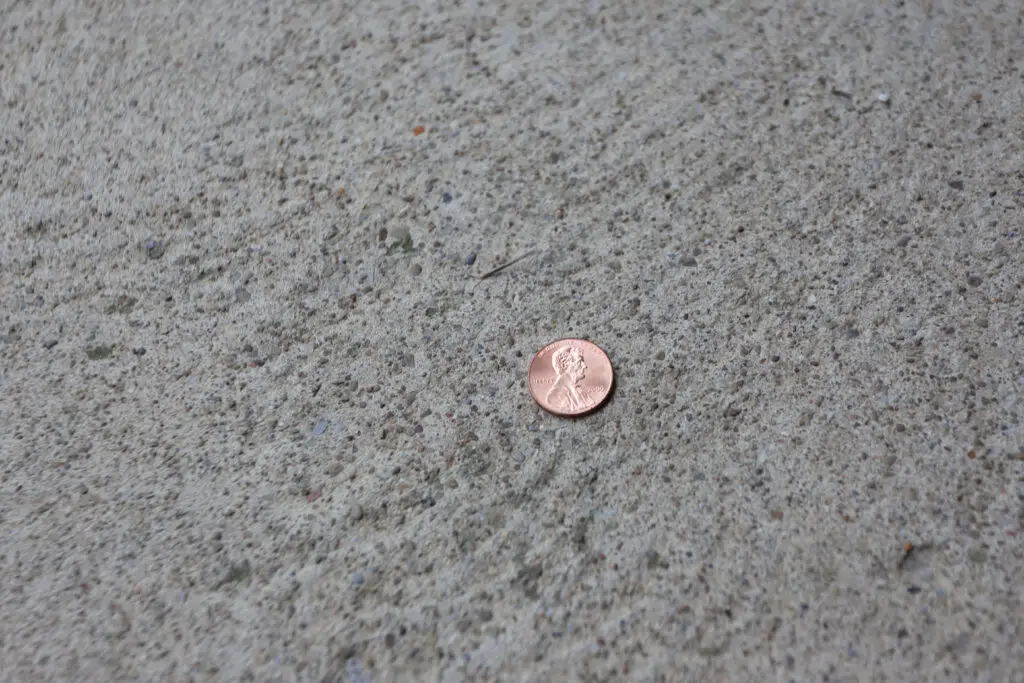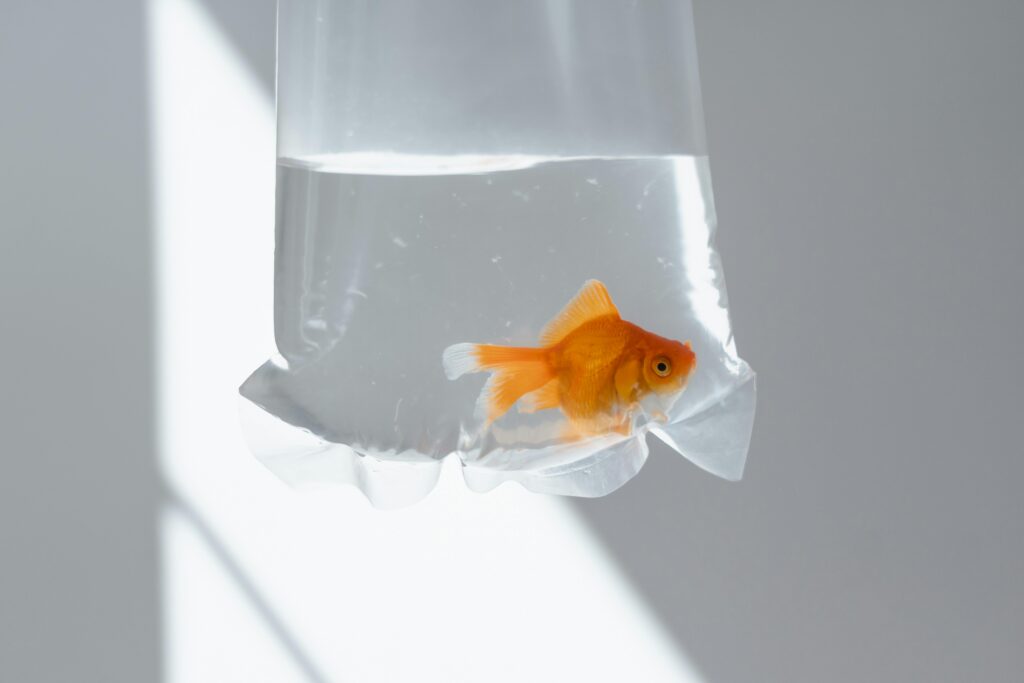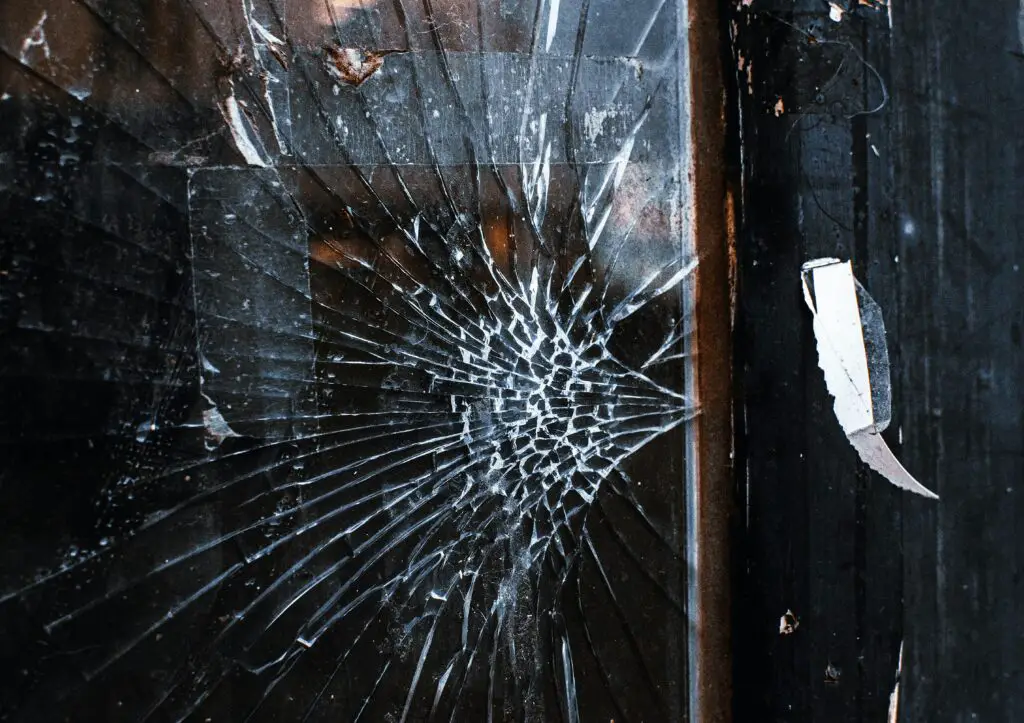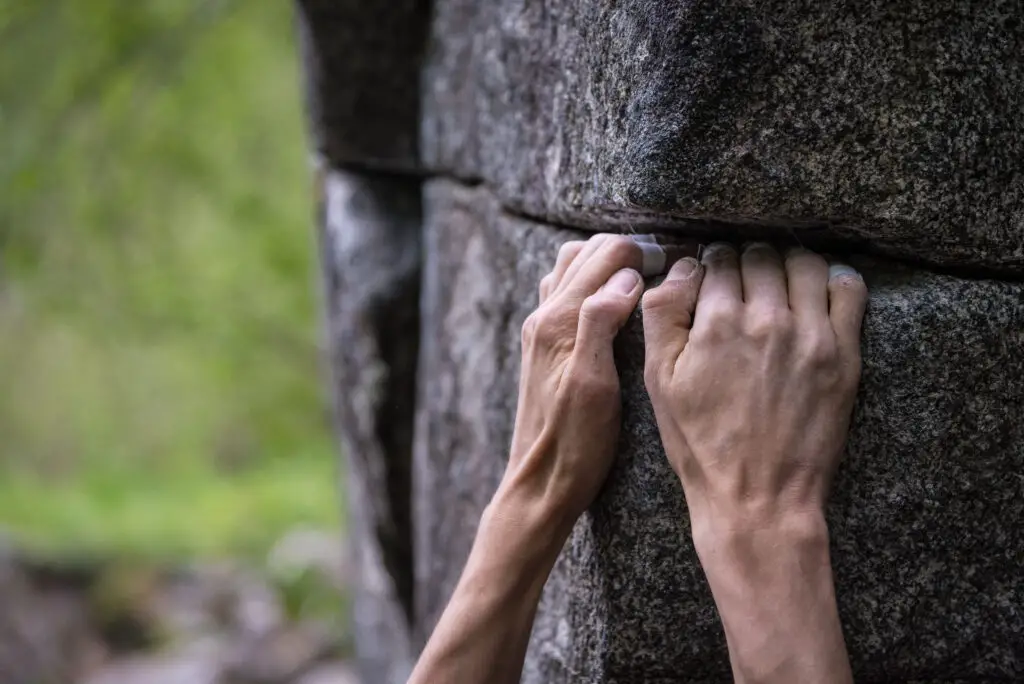1. A Penny Can Actually Injure You If Dropped from High Enough

We’ve all heard the myth that a penny dropped from the Empire State Building could kill someone. Discovery Channel’s MythBusters tested it, and while a penny won’t slice through a skull, it can cause a serious injury if it hits just right. It’s not aerodynamic enough to reach deadly speeds, but it can sting and definitely leave a mark. When launched from a high-powered air gun, that tiny coin turned into a mini missile shares HowStuffWorks.
The truth is, it’s more about the force behind it than the height. Wind resistance slows it down, but if you were to drop it in a vacuum? Different story. Discovery didn’t just bust the myth, they proved a penny could be dangerous under the right conditions. So, while it might not kill you, you still wouldn’t want to be standing under one adds the Scientific American.
2. Hair Can Lift a Car—With the Right Setup

It sounds absolutely bonkers, but human hair is way stronger than it looks. In one episode, the MythBusters team actually used hair to lift a car off the ground, and it worked. Granted, it was a lot of hair—bundled and twisted like rope—but the strength of it was undeniable. They wanted to see if a person with a massive braid could potentially pull a vehicle says the Guardian.
Turns out, the tensile strength of hair is similar to that of copper wire. The key was spreading the weight evenly and using enough strands. While no one’s suggesting you try towing your sedan with your ponytail, the myth had some surprising merit shares Guinness World Records. It was one of those moments that made you say, “Wait, hair can do that?”
3. Exploding Water in a Microwave Is Real

This one sounds like something your mom warned you about that couldn’t possibly be true—but it is. Heating pure water in a super clean cup in the microwave can actually cause it to become “superheated,” where it passes boiling point without actually bubbling. Then, when disturbed—say, by adding sugar or stirring—it can erupt like a mini volcano. Discovery proved it’s not common, but it’s definitely possible.
The episode showed a cup of water exploding up and out of the container in dramatic fashion. It looked harmless until the surface was touched, and then boom. The key takeaway? Don’t overheat water in the microwave, and always place something like a wooden stir stick in the cup to break the surface tension. It was a little scary to see just how violent something so simple could become.
4. Talking to Plants Might Actually Help Them Grow

Okay, so this one feels a little crunchy-granola, but it turns out your houseplants might like a good chat. The Discovery team set up an experiment with plants exposed to talking, music, and silence. To everyone’s surprise, the plants exposed to human voices or soft music grew better than the ones left alone. It wasn’t just a tiny difference either—there was clear improvement.
The science suggests vibrations from sound waves can stimulate growth. While your peace lily probably doesn’t understand your grocery list ramblings, it might still benefit from the noise. Discovery didn’t go as far as saying plants have feelings, but they definitely respond to their environment. So go ahead, talk to your fern. It might just love it.
5. Goldfish Have Better Memories Than We Thought

Remember when people said goldfish have a three-second memory span? Turns out, that’s completely false. Discovery ran a test where goldfish were trained to respond to certain cues, and they remembered them weeks later. Not only that, they could even distinguish between shapes and colors.
The truth is, goldfish have decent cognitive abilities, especially for such tiny creatures. They can be trained like dogs in some ways—just with fewer tricks and a lot more swimming. Discovery showed that these little fish can navigate mazes and even return to a specific spot for food. So the next time someone calls you a “goldfish brain,” you might want to take it as a compliment.
6. Elephants Really Are Afraid of Mice

This felt like a total cartoon gag, but Discovery decided to test it out in real life. They placed a mouse near elephants in a controlled environment and waited. Sure enough, the elephants spotted the tiny rodent and backed away. They weren’t screaming or panicking, but they definitely showed caution.
The myth likely comes from the fact that elephants have poor vision and are easily startled by sudden movements. Mice, being quick and sneaky, can startle just about anything that big. Discovery’s test didn’t show irrational fear, but it did confirm that elephants prefer to steer clear of little critters. It made us realize that even the giants of the animal kingdom have their soft spots.
7. Ice Can Pick Up Fingerprints

If you’ve ever watched a crime show, you’ve probably heard the line, “No prints on the ice.” But Discovery decided to test that out—and sure enough, under specific conditions, fingerprints can be lifted from ice. They used special powders and took the prints immediately after contact. It was tricky, but possible.
Timing and temperature were everything. If the ice started melting, the print would be lost. But if conditions were just right, forensic teams could get a usable print. It turned the idea of melting away evidence on its head, and investigators everywhere took note.
8. People Can Actually Slip on Banana Peels

This one seemed straight out of slapstick comedy, but Discovery gave it a fair shake. They tested the friction of various surfaces with and without banana peels, and the results were wild. Banana peels really do make things slipperier—especially on slick floors. In fact, the drop in traction was significant enough to cause falls.
They even brought in a mechanical foot to simulate walking over different surfaces, and the banana peel consistently caused slips. Turns out, there’s a scientific reason: enzymes and moisture inside the peel create a slick surface. So while it’s unlikely you’ll go flying like in a cartoon, stepping on a banana peel really can send you for a tumble. Just one more reason to clean up your snack properly.
9. A Mattress Can Slow Down a Bullet

When Discovery tested whether a mattress could stop a bullet, expectations were low. But in several cases, especially with thicker, denser models, the mattress actually slowed or even stopped smaller caliber rounds. It wasn’t foolproof—high-powered rounds still made it through—but the results were surprising.
They layered multiple mattresses in some tests and found the bullet would lose velocity with each layer. This doesn’t mean your bed is bulletproof, but it could offer temporary protection in an emergency. It was one of those moments where a myth had some unexpected real-world implications. And it made everyone think twice about where they’d duck during a disaster.
10. Sharks Don’t Like Human Blood

This one was terrifying to even test, but Discovery didn’t shy away from it. Using controlled environments and substitutes for human and fish blood, they observed sharks’ reactions. The sharks completely ignored the human blood but went straight for the fish-based samples. The difference in response was undeniable.
Turns out, sharks are picky. They’re attracted to amino acids and proteins found in fish blood, not humans. So while it’s still not a good idea to bleed in the ocean, you’re not the delicious snack you thought you were. Discovery helped clear up one of the ocean’s biggest fears with real data.
11. Sound Can Break Glass

We’ve all seen that opera singer breaking a glass with their voice, but most of us assumed it was just special effects. Discovery tested it with real singers and high-frequency speakers, and yes—it works. If the frequency matches the glass’s resonant frequency and the volume is high enough, the glass will shatter. It’s rare, but it’s real.
The science is called resonance, and it can amplify vibrations to destructive levels. Discovery showed slow-motion footage of a wine glass trembling, then exploding from the inside. It was both beautiful and eerie. So next time someone says their voice could break glass, they might not be exaggerating.
12. You Can Start a Fire with Ice

It sounds like something from a survival fantasy, but Discovery managed to do it. By shaping clear ice into a lens and focusing sunlight through it, they actually started a small fire. It took some patience and perfect lighting, but the results were undeniable. The ice acted like a magnifying glass, concentrating the light into a hot point.
This myth was based on real physics. As long as the ice was clear and smooth, it could bend light effectively. It’s not the easiest fire-starting method, but in a survival situation, it’s worth remembering. Discovery turned a strange idea into a viable, if impractical, life hack.
13. A Person Can Hang from a Ledge by Their Fingertips

Action movies love this trope, but Discovery wanted to know if it was actually possible. They had trained athletes and climbers hang from ledges using only their fingers—and yes, they managed it. For short periods of time, a person in peak physical condition can hold their body weight this way. It’s all about grip strength and pain tolerance.
The average person, though? Not so much. Discovery’s tests showed that untrained individuals could barely last a few seconds. But the fact that it was physically possible blew people’s minds. It gave those movie moments a touch more realism than we expected.
